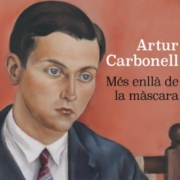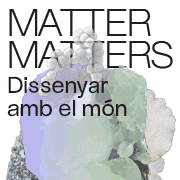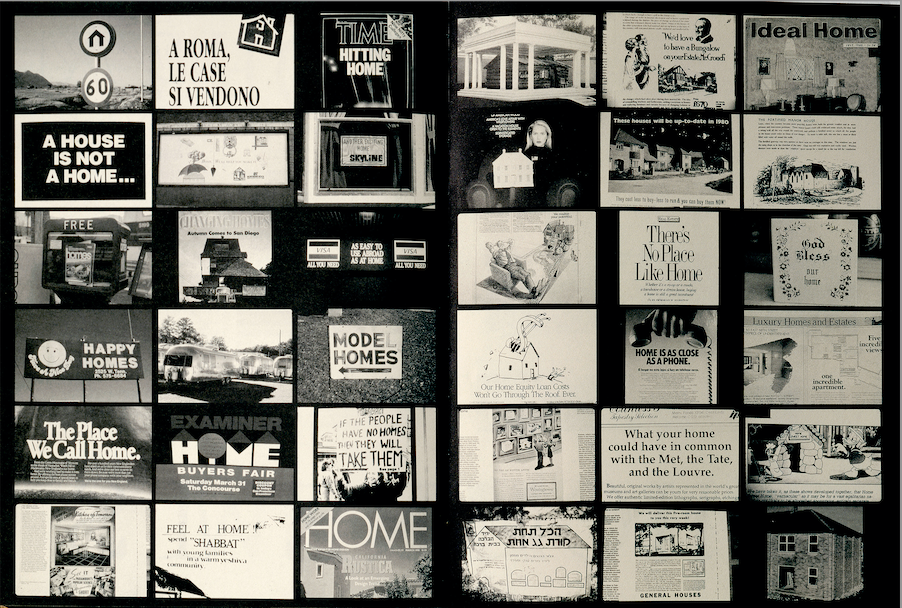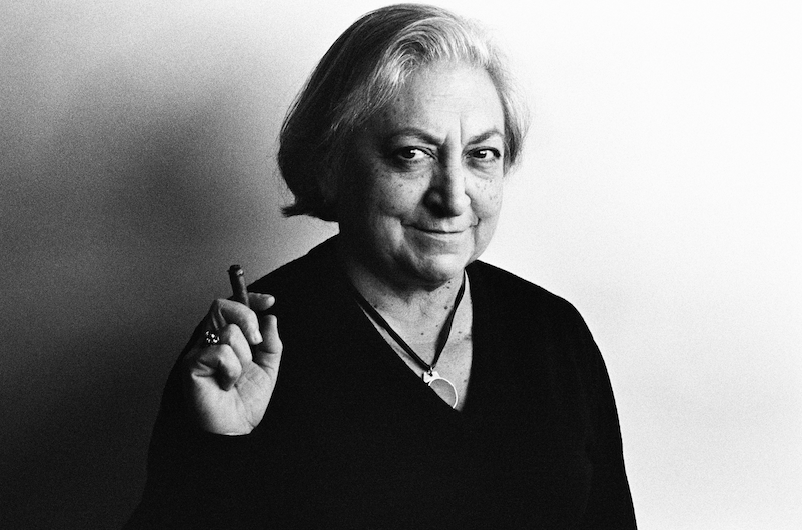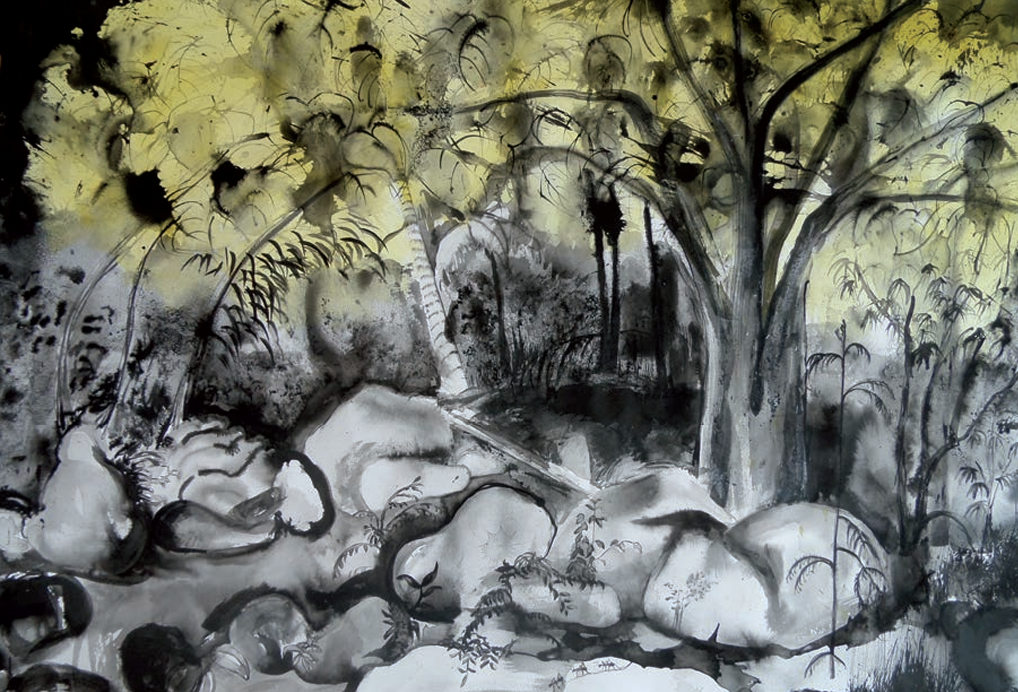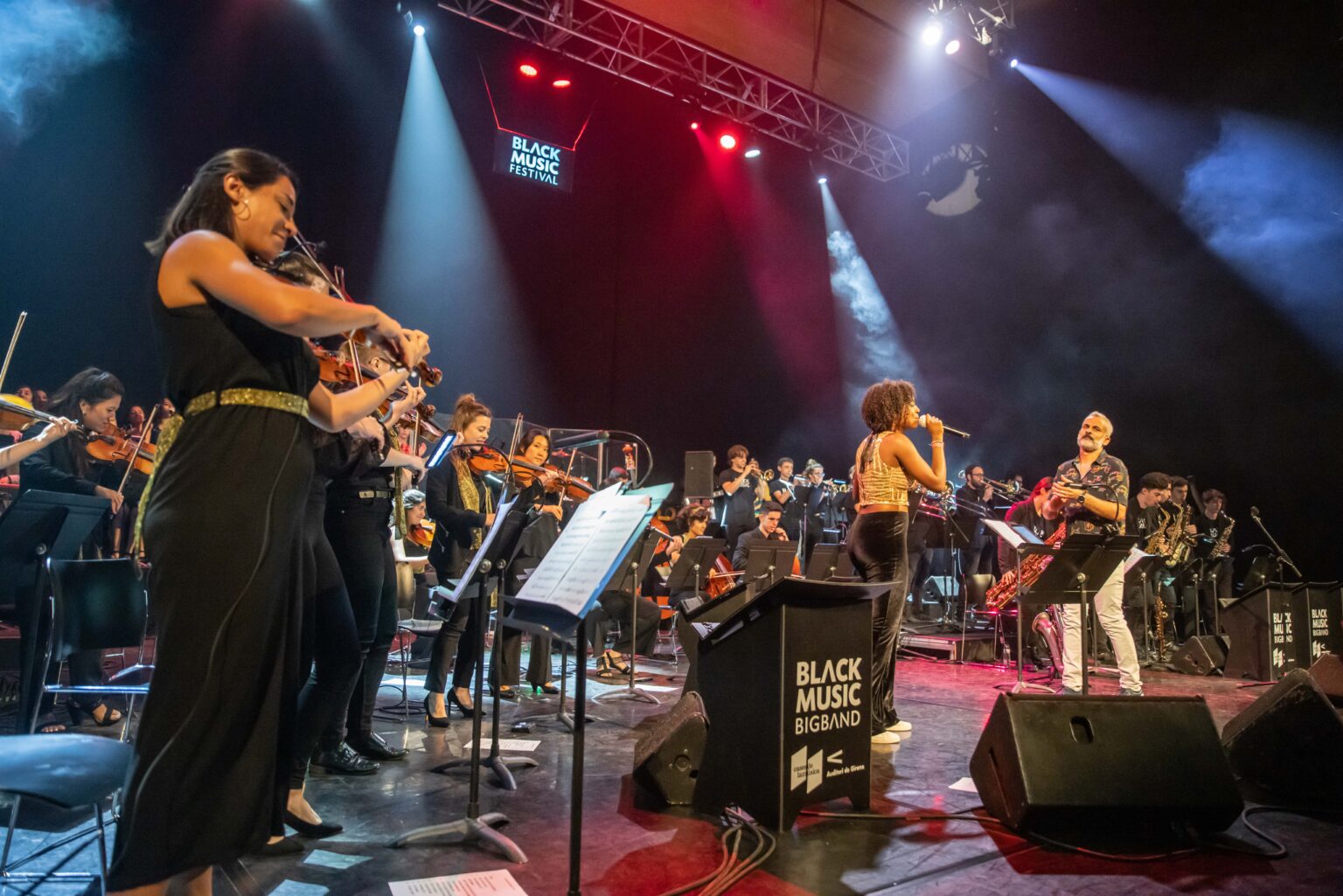Exhibitions
The MAMT presents the work of Fatma Haddad (Baya) for the first time in Spain
The Algerian artist Fatma Haddad (Baya) is considered an important representative of Algerian painting of her time. The exhibition can be visited at the Museum of Modern Art of the Province of Tarragona until June 23.
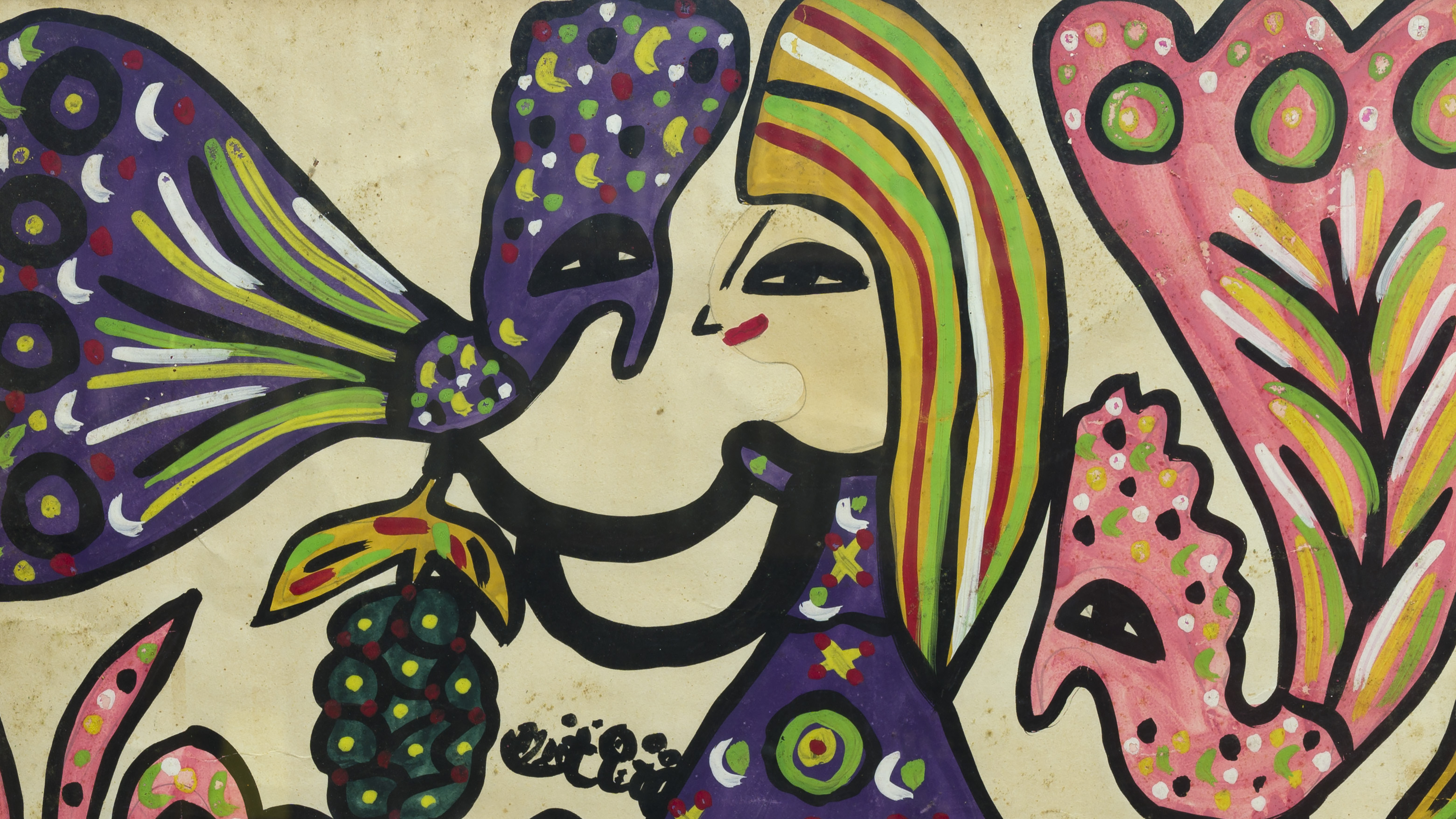
The Museum of Modern Art of the Provincial Council of Tarragona (MAMT) hosts until June 23 the exhibition L'ocell canta, Baya pinta..., with works by the Algerian artist Fatma Haddad (Baya), Bordj- el-Kifan, 1931 - Blida, 1998, Algeria. Considered an important representative of Algerian painting of her time, Baya incorporates the figure of women in most of her creations, and makes her coexist harmoniously among animals and vegetation. The artist worked and exhibited in Algeria, France and the United States, and his drawings would even become postage stamps in Algeria.
The bird sings, Baya paints... curated by Pilar Bonet vindicates the figure and work of Fatma Haddad and places her in the Catalan context, while also wanting to give visibility to the figure of women in the world of art and the particular art collections of the demarcation. In this sense, the works that make it up (1 terracotta, 2 ceramics and 3 gouache on paper) are part of the private collection of Salim Becha, resident in Tarragona.
Fatma Haddad (Baya) was born in December 1931 in Fort-de-l'Eau (now Bordj-el-Kifan), a town east of Algiers. The loss of parents, from a very young age, will have a great influence on the whole of his creations. Baya's paintings represent landscapes where love between species is reborn, the value of nature, music or the happiness of women with big eyes and Minoan profiles who weave garlands of flowers. In the words of the curator Pilar Bonet: "Baya is the visionary who brings to her soul the bright colors of the fabrics of the women of her culture in northern Algeria."
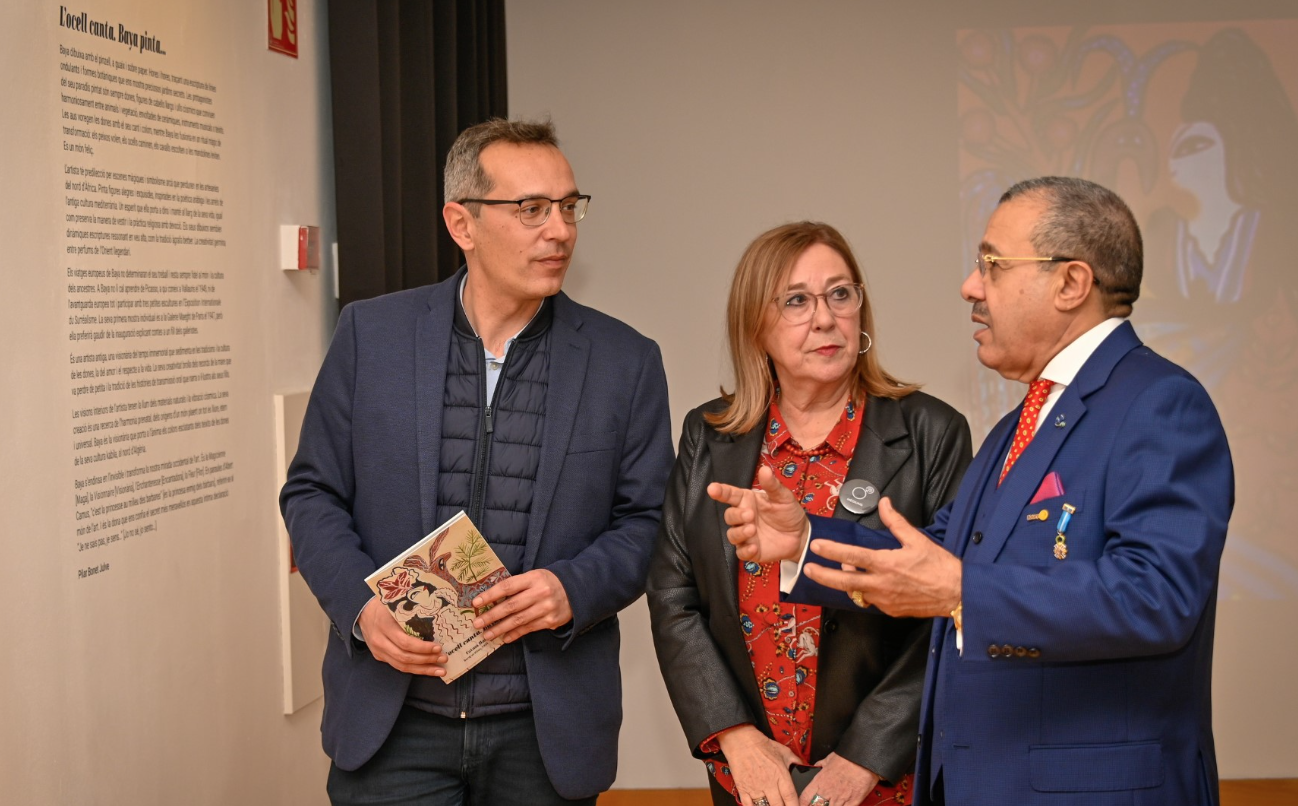
Baya draws with a brush, in gouache and on paper, and traces a graphic script of undulating lines and botanical shapes that show us beautiful secret gardens. The protagonists of his painted paradise are always women. The artist has a predilection for scenes of arcane symbolism, languages that endure in North African handicrafts. He paints scenes of great beauty, inspired by Arabic poetry and the roots of ancient Mediterranean culture. A spirit that he carries a lot inside and maintains throughout his life, just as he preserves Kabila's way of dressing and religious practice with devotion.
His drawings have black outline lines and look like scriptures echoing out loud, like the orality of the Berber Agrafa tradition. Baya's works have been exhibited in different parts of the world, such as the National Museum of Algiers or the Galerie Maeght in Paris. Exhibitions and recognition make the Algerian artist a popular figure and his work will be part of several international collections. Baya met Picasso in Vallauris (France) in 1948 and the artist was impressed by the colors of the pigments he used. Picasso will learn new resources for his painting from Baya.
The curator of the exhibition, Pilar Bonet Julve (Visionary Women Art-Research Group) is a professor of Art Criticism at the University of Barcelona. Critic and curator, in recent years she has devoted her will to study "artists who didn't want to be artists", highlighting her contributions on the creativity of visionary European authors born before 1950, starting a new critical space on the graphic, textile and literary creation of liminal women in the history of art from a feminist perspective.


